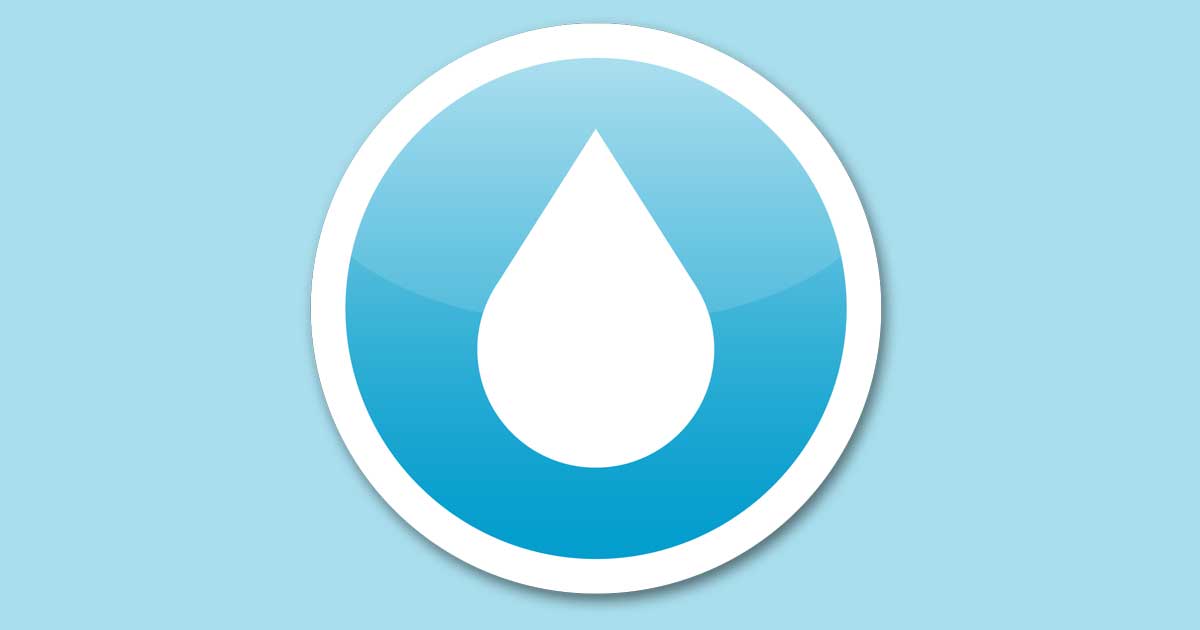Pressure Regulator Valve Q&A
Q1: What is the function of a water pressure regulator?
A1: A household water pressure regulator reduces the water pressure from the public water main to a pressure that is usable by the customer and compatible with normal household plumbing and fixtures. It also helps prevent pressure surges from entering the household plumbing from the public main. High water pressure can result in dripping faucets and water pipes, and it can damage appliances.
Q2: How does a pressure regulator work?
A2: A pressure regulator is a spring-loaded valve that regulates pressure on the downstream (house) side of the valve. Altering the degree of spring compression changes the downstream pressure.
Q3: Where should the pressure regulator be installed?
A3: On new installations, the pressure regulator is usually located where the water line comes into the home just inside the foundation (next to main shut-off valve). On some older installations, the pressure regulator might be found on the street side of the water meter. Distribution department staff can help with determining the location of new regulators and helping to find existing regulators.
Q4: How do i know if the pressure regulator is working?
A4: The best way to know if the pressure regulator is working is to install a pressure gauge on each side of the regulator. If the upstream gauge reads higher than the downstream gauge, then the regulator is probably working. Some symptoms of pressure regulator malfunction include sustained or initial bursts of unusually high pressure at faucets and shower heads and water being discharged from the relief valve on your domestic water heater. Sudden loss in pressure is another sign of a malfunctioning regulator.
Q5: Can i adjust and repair my pressure regulator?
A5: Yes. A homeowner or a plumber can use manufacturer's instructions for adjustment. The adjustment mechanism is usually a screw on top of the regulator. Turning this screw changes the degree of spring compression. Generally, turning the screw clockwise increases house water pressure and turning the screw counter-clockwise reduces house pressure. Repair kits for rebuilding pressure regulators are usually available from the manufacturer.
Q6: To what pressure should i adjust my pressure regulator?
A6: This is partly a matter of owner preference. Most homeowners set their pressure at approximately 50 pounds per square inch (psi). Lower settings will help conserve water and prolong plumbing and fitting life while higher settings will have the opposite effects.
Q7: Are pressure regulators required?
A7: Yes, during construction the contractor must test the pressure at the house. The California plumbing code section 608.2 Excessive Water Pressure states:
Where static water pressure in the water supply piping is exceeding 80 psi (552 kPa), an approved-type pressure regulator preceded by an adequate strainer shall be installed and the static pressure reduced to 80 psi (552 kPa) or less.
Q8: Why must i have a pressure regulator if the water pressure at the public main is low or moderate?
A8: Our water mains are supplied by pressure reducing valves. This equipment may produce temporary high pressure surges, which can be transmitted to household plumbing. A properly operating household pressure regulator will help prevent these surges from entering your plumbing.
Q9: Who is responsible for installing and maintaining the pressure regulator?
A9: The property owner is responsible for installing and maintaining the pressure regulator.
